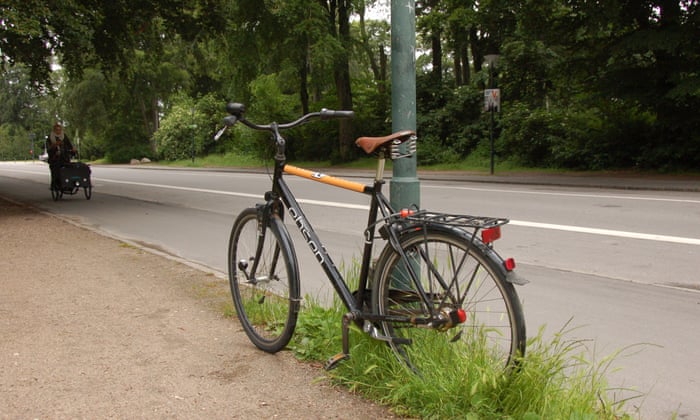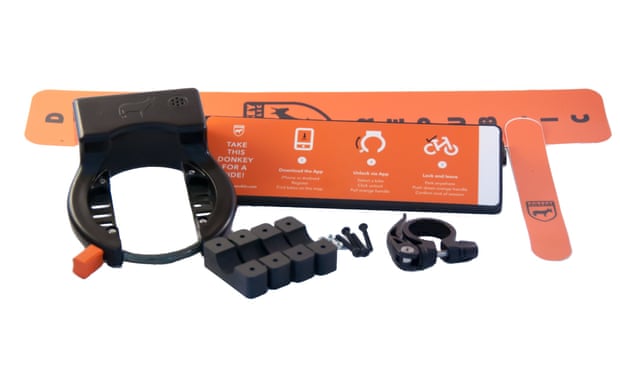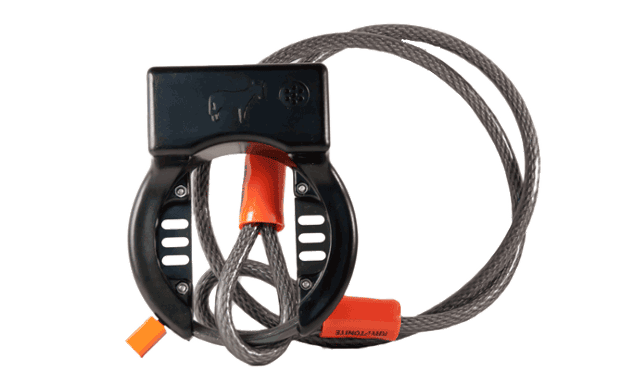Earlier this week, New York City Mayoral candidates Eric Adams and Curtis Sliwa debated. The latter, best known as the founder of the Guardian Angels, expressed one position I wholeheartedly agree with: his stance on animal welfare. He said that, if elected, all of the city's animal shelters would become "no kill" shelters. He deemed it "barbaric" that there are still horse-drawn carriages on city streets.
The only purpose those animals and carts serve is the amusement of tourists around Central Park. Thus, his wish to ban them is, I believe, well-founded. The same cannot be said for his stance on bike lanes and traffic. He believes there's a "war on cars" on this city, and has vowed to remove bike lanes in neighborhoods where they're less-used.
I think, like any good politician--which is what Sliwa has always been--Sliwa is echoing his supporters, many of whom believe that "their" streets and parking spaces are being stolen, "invasion of the body snatchers-style" by terrible, evil cyclists.
Apparently, that sentiment echoes in other cities:
You can't even go to South Water Street in Providence anymore, at least not without wearing a bulletproof vest and duct taping AirPods to your ears. Nothing screams "thug" like a skinny person in bicycle shorts.
Dan McGowan obviously doesn't think that way. He followed that paragraph in his Boston Globe editorial with this: Said absolutely no one ever. He used his platform to praise outgoing Providence Mayor Jorge Elorza for building bike lanes and in general planning with the recognition that the future of his city, and others, cannot be car-centric. Those efforts, and similar work by other officials, led McGowan to this conclusion: Real Cities Have Bike Lanes.
Bike lane on South Water Street in Providence. Photo by Barry Chin, for the Boston Globe.
He is partially right. Bike lanes can be an integral part of a city's infrastructure and thus encourage cycling if those lanes are well-conceived, -designed and -constructed. They need to make cycling safer by taking into account the actual experience of cycling on urban streets or county roads. (As an example, the lane has to be built and traffic signals coordinated so that cyclists can proceed through an intersection, or make a left turn, ahead of right-turning motorists.) And those lanes should be practical: They should enable cyclists to pedal from their homes to schools, workplaces, shopping areas and other common destinations. I've seen too many bike lanes that begin in seemingly arbitrarily locations and end abruptly.
So, I would amend Dan McGowan's conclusion with one word: Real cities have practical bike lanes.








.jpg)